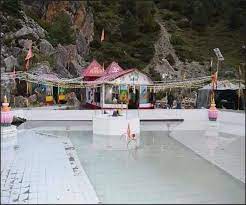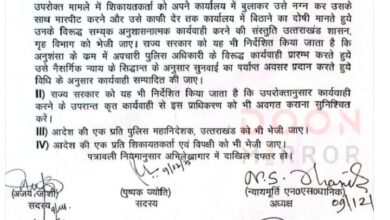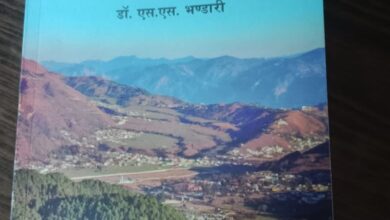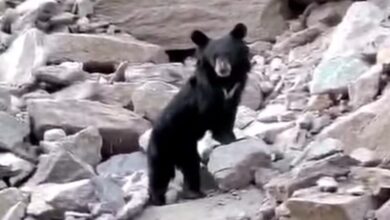Historical documents belie Nepalese claims on Indian territory: Prof. Verma

Historical documents belie Nepalese claims on Indian territory: Prof. Verma
B.D. Kasniyal
Pithoragarh, Aug 27
The local historians and historical evidence falsify the objections and claims made by Nepal on trijunction of Indio-Nepal and China at Lipu Lekh pass in Pithoragarh district of Uttarakhand.
Nepal had objected to the announcement of resumption of border trade between Tibet and India from Lipu Lekh pass claiming it as it’s own territory.Indian government had rejected the Nepal’s claims and objections. Lipu Lekh pass along with Limpiyadhura and Kalapani, was being claimed by Nepal.
However, historians and experts believe that the area had been part of Indian territory from time immemorial and claims of Nepalese communists on these are merely to get political milage in their country.
” The bone of contention is source of river Kali, that has been mentioned in ‘Purana’ and modern travelogues and is the same that has been cited by Indian side, i.e. the original and historical source of river Kali at Kalapani,” said Lacchi Lal Verma, a retired professor of political science, and expert on history of Indo- Nepal relations.
Nepal terms Kuti Yangti river, originating from Limpiyadhura, some 20 km westward from Lipu Lekh as real Kali river contrary to the historical facts.
“Not only in modern times books and documents, but even in ‘Puranic’ era, the region has always remained with Indian territory. According to chapter 117 of ‘Manas Khand’ of ‘Skand Puran’, it has been mentioned by Vyas Rishi that once when he wanted to solemnise a ‘Yagna’ called by ‘Kuber’, the ‘Shyama’ river (also known as Kali), was originated from ‘Lipi Parwat’ where the worship of Brashdwaj, at base of the river is considered auspicious,” said Verma.
Charles A, Sherring, Commissioner of Shahjahanpur, who travelled to Tibet via Vyans valley and returned from Johar valley in the year 1905, to study customs of western Tibet, has mentioned in his book, ‘Western Tibet and British borderland,’ that ‘that the pilgrims going to ‘Kailash’ has to worship at Kalapani, the springs which the devout Hindu considers the source of river Kali, and most sacred to the Goddess of that name.'( page 50) “It was time when Nepal was under kings and India was under British, but Nepalese did not objected to that writings,” said Verma.
Swami Pranavanand, who wrote his famous book, ‘Kailash Mansarowar’ in the year 1949, after visiting the region, has written in his book defining Kalapani, that,’ a few yards further up is a big spring or springs gushing out of huge boulders situated at the foot of mountains, the water of spring is flowing out as small brook into foaming river below after a few yards, the spring is called Kalapani, and the brook, Kali river, as such Nepal territory ends here.'(page 119- 120). He further mentions that ‘the spring is said to be traditional source of Kali’.
“Swami has also mentioned in page 16 of the same book that, the combined river of Kali coming from Lipu Lekh pass and Saraju, coming from Nandakot is called Sharda from Tanakpur plains,” said Verma.
“After December 18, 1816, Anglo- Nepal treaty of Sugauli, ‘ the King of Nepal declared to ‘renounce for himself and heirs and successors, all claims lying to the west of river Kali’ thus making real source of River Kali as bone of contention.
“The revenue records of Kumaon region of British era also mention that after signing of treaty of Sugauli in December 1916, the Zamindars of Vyans Patti, petitioned to the then British Commissioner of Kumaon, G.W. Trail on March 8, 1817, that after signing the treaty, only 2 villages of parganas of Vyans, Tinkar and Changru, went to Nepal while six remained in British India, ” said the retired professor.
“It is all Maoist politics in Nepal that has spoiled the harmony of traditional Indo- Nepal relations, by raising fictitious issues like source of River Kali, whereas it is already settled from times of ‘Puranas; to modern documents and British revenue records,” said L.L. Verma, the retired professor of political science from Kumaon University.





